By Victoria Jaggard, SCIENCE Executive Editor
Last week, I celebrated my [number redacted] trip around the sun with delicious birthday cupcakes and ample good cheer. Just a few days later, NASA celebrated initial results from their newest solar voyager: a space probe that really puts my comfortable distance from our home star in perspective. The Parker Solar Probe (pictured) has been spiraling closer to the sun since its launch in 2018 so it can study the ridiculously hot and hellish outer layer, called the corona, in unprecedented detail.
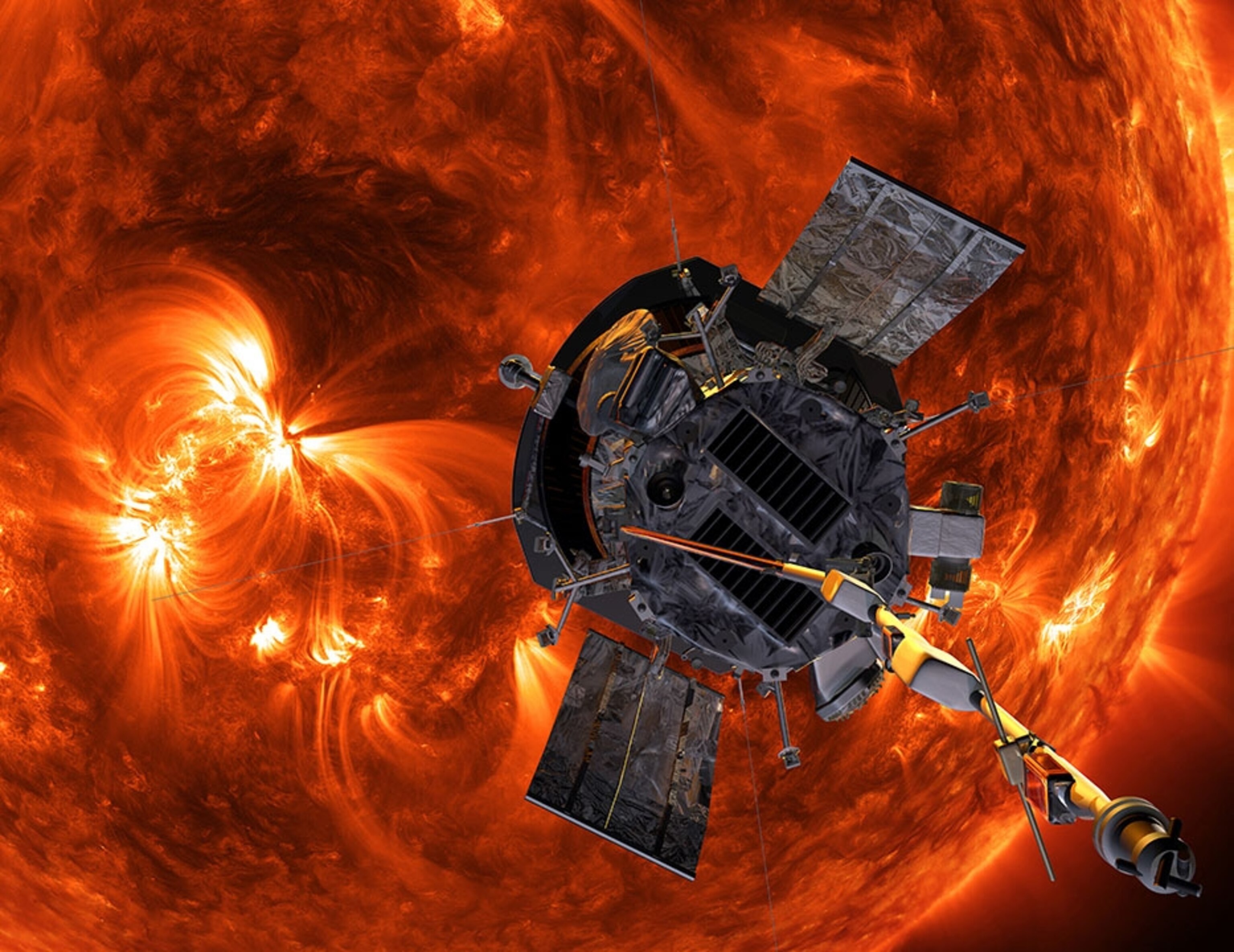
The mission will eventually make its closest approach to the sun—a mere four million miles—in December 2024. Already, the details it is beaming back to Earth are incredibly weird, and they’re teaching us valuable lessons about the way the sun works. In particular, data from the probe should help improve forecasts of so-called space weather—solar outbursts that can imperil astronauts, knock out power grids, and fry communications satellites. So as I warm myself up with holiday parties and festive sweaters, I’ll be raising a toast to the tiny probe that’s helping keep us safe from the sun’s wrath.
Do you get this daily? If not, sign up here or forward to a friend.
Today in a minute
Volcano disaster: Monday's deadly eruption on a New Zealand island "was probably the actual worst-case scenario,” says Shane Cronin, a volcanologist and Earth scientist at the University of Auckland. Geologists say that the submarine volcano erupted in a way that's known to give little to no warning, and that it's important for everyone to understand the dangers and uncertainties involved in visiting an active volcano.
Space, via IKEA: With an eye on Mars, the Scandinavian retail giant sent an interior designer to a research station in the Utah desert to learn about life in close quarters. The designer not only created a furniture line for cramped spaces, Fast Company reports, she ended up redesigning the research station itself.
Her alien materials: How do you stir up something and create a new out-of-this-world material that might be similar to stuff on Titan? NASA’s Morgan Cable knows, and did it. “We can, in a way, touch Titan here in the lab—even though it’s millions of miles away,” she tells Nat Geo’s Maya Wei-Haas. The new material, technically called a co-crystal, is something that could form around the Saturn moon’s rivers of liquid methane and ethane.
The conveyer belt: That’s the term used for the heavy Arctic and Antarctic water that slides to the ocean floor and moves to define currents that affect the world’s weather. These areas are fascinating to researchers examining the effects of a warming world, and they are finding that the current and the flow have been getting weaker in recent decades. Odds are that the current will be gone by 2300 if nothing changes.
A model for fighting wildfires? Look to Portugal’s feral forests, say firefighters, for what may be coming to Europe. Increasingly savage fires have ravaged lands that have been abandoned by longtime families for higher-priced jobs in the city. At the same time, the ranks of part-time rural firefighters have been hollowed out as the population leaves. What’s needed? A full-time force building fire lines, and new rural residents to trim back and care for the land, the experts say.
Your Instagram photo of the day

Methane lake fire in Alaska: Arctic permafrost is thawing much faster than expected, releasing carbon gases that could drastically speed up climate change. Scientists say what was once hundreds of years away could now happen in a lifetime, with permafrost thaw releasing nearly three times more greenhouse gases than expected. In this image, flammable methane, a potent greenhouse gas, bubbles from the thawing permafrost beneath a frozen lake. When you punch a hole through the ice, the gas escapes and can be measured—or set on fire—as a scientist demonstrates here.
Mapped: Where permafrost is melting—and how it happens
Are you one of our 127 million Instagram followers? (If not, follow us now.) +
Poll: Are Americans seeing more extreme weather?
And if so, are they tying extreme weather to climate change? Those are the questions asked in a National Geographic and Morning Consult poll of 2,200 Americans. More than half of those polled are seeing more wildfires, floods, and hurricanes or tropical storms now than they did five years ago—and about two-thirds of them agree that this extreme weather is being caused by climate change. Here are the results:
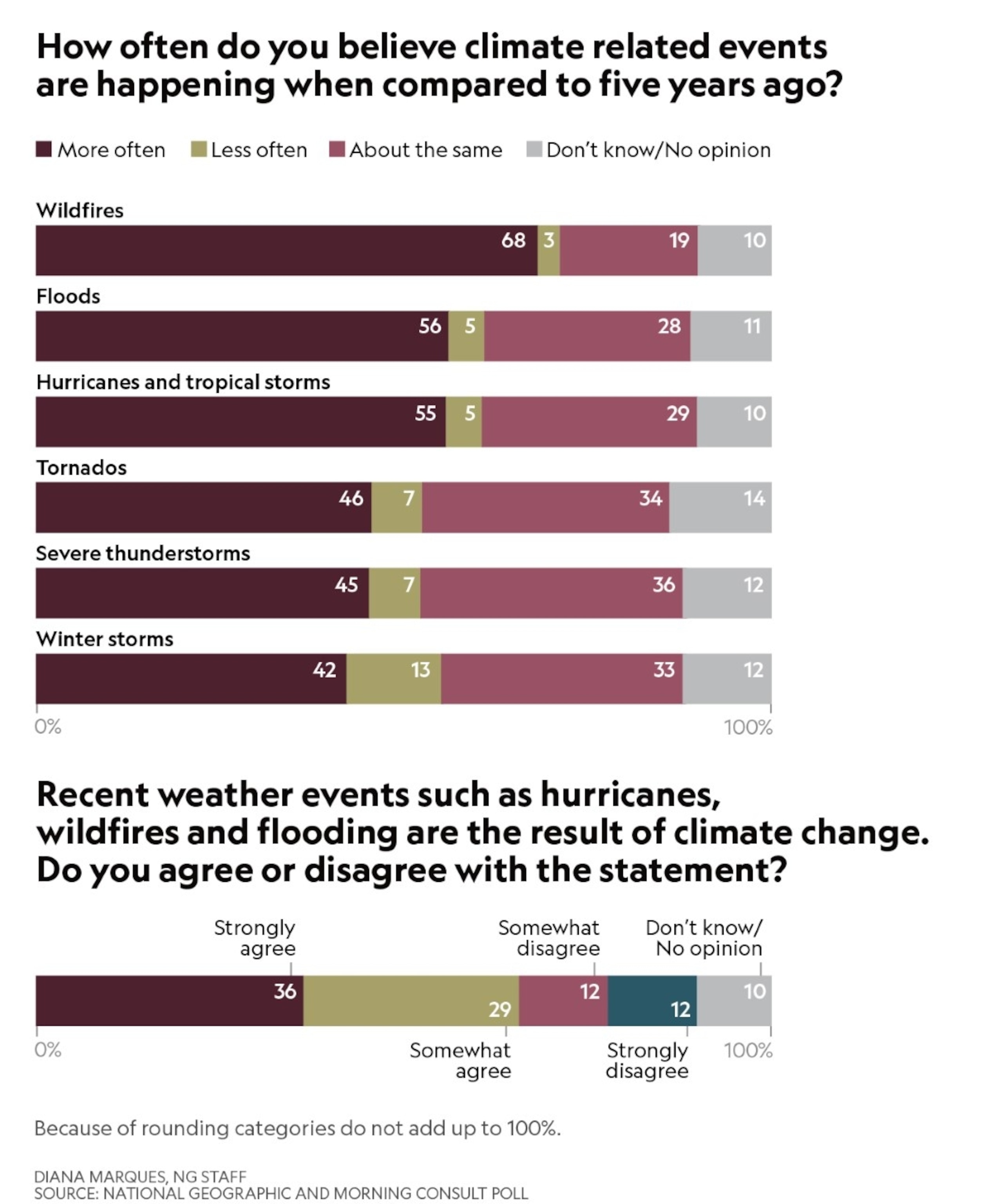
The big takeaway
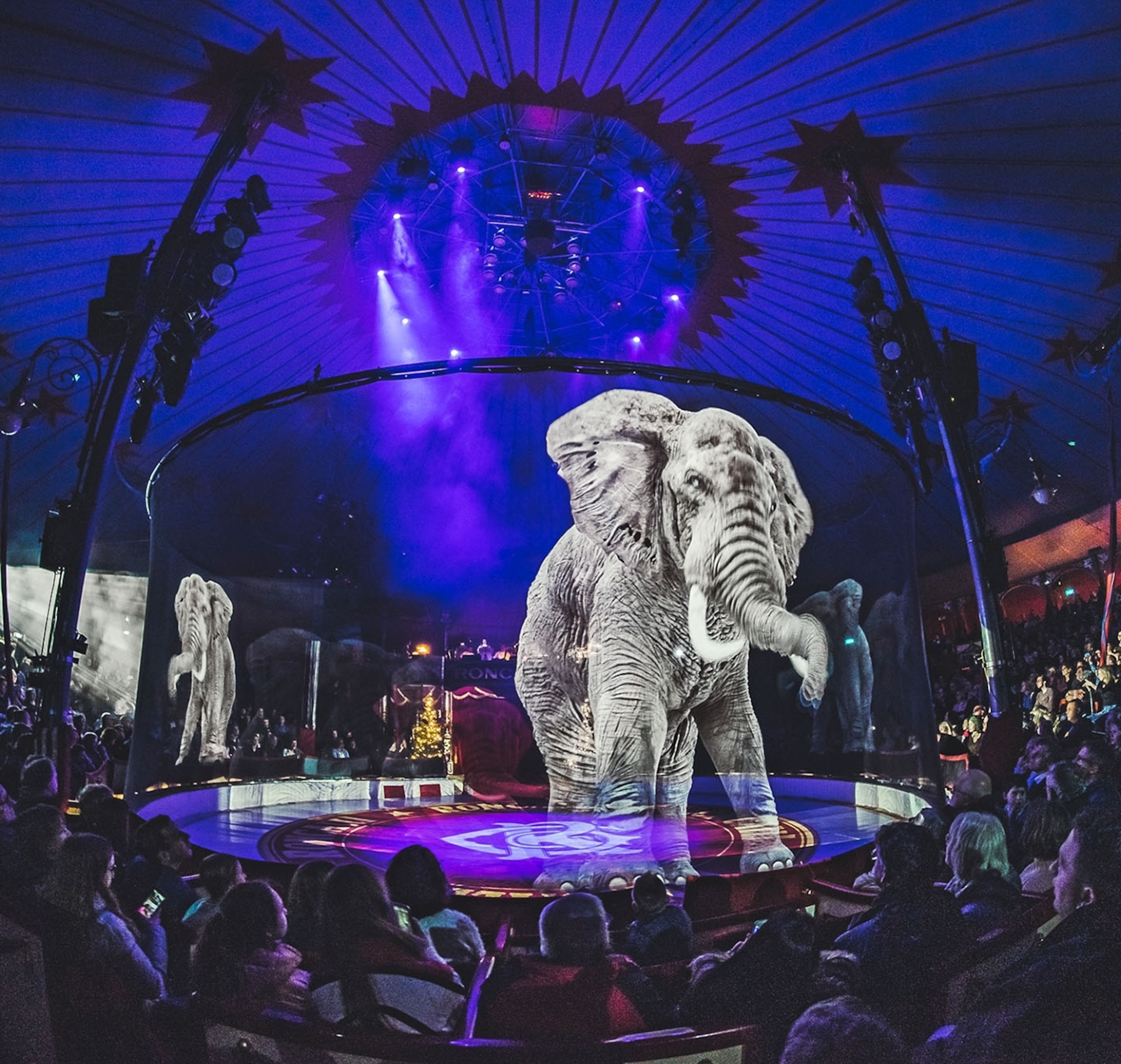
What elephant? A circus in Europe is using holograms to put a 20-foot-tall “elephant” and other animals into its act. The images please both nostalgic circus-goers and animal-rights supporters who pushed to eliminate live pachyderms from shows over animal treatment issues. Circus Roncalli animates holographic fish and horses as well as elephants but bills itself as “otherwise animal free."
This week in the night sky
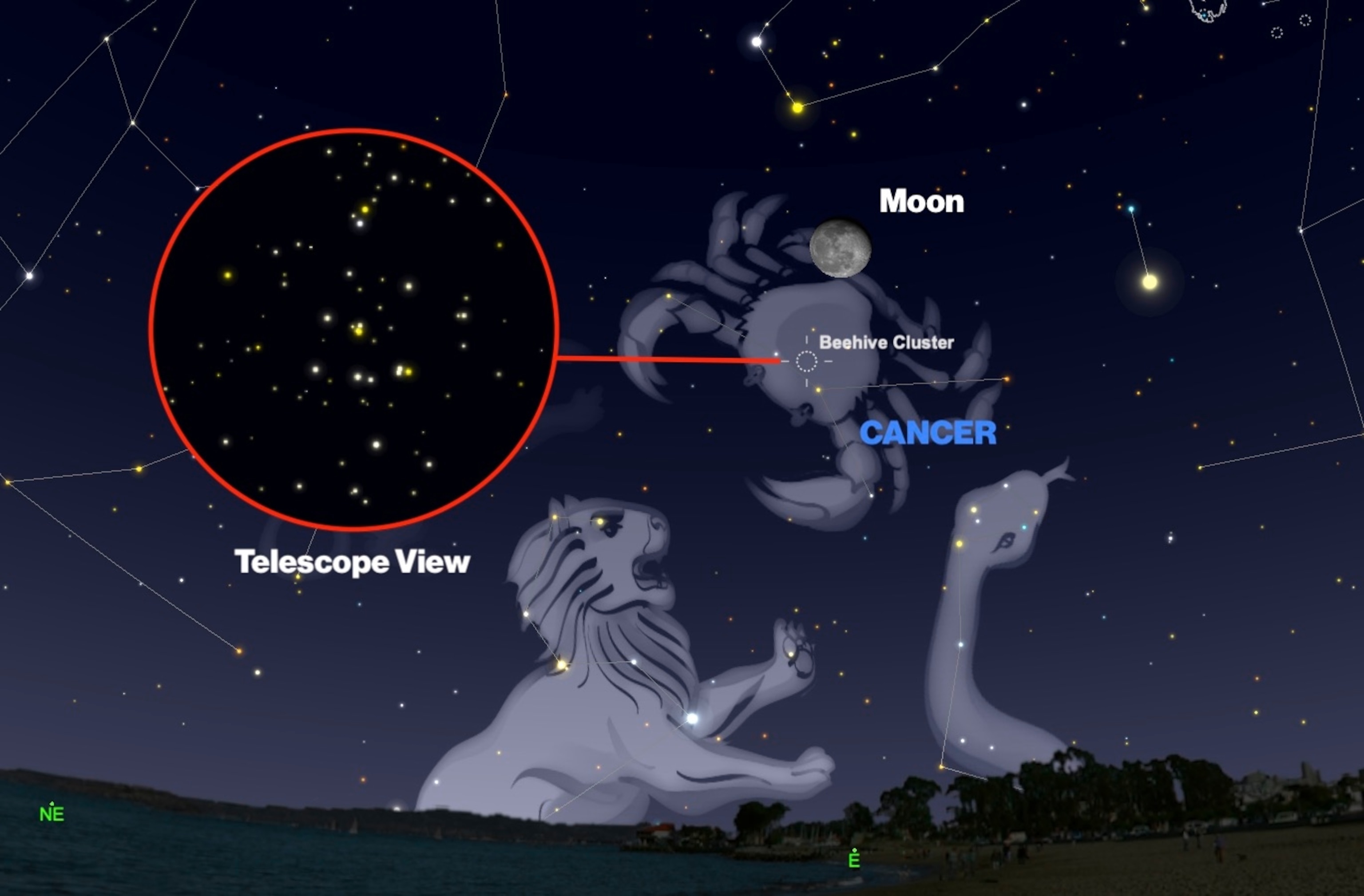
Moon buzzes the Beehive: After dark on Saturday, look in the eastern sky for the waning gibbous moon, which will act as a guidepost to hunt down the bright Beehive star cluster in the constellation Cancer, the crab. The Beehive will appear less than five degrees from the moon—equal to about the width of your three middle fingers held at arm’s length. Binoculars will show both the moon and open star cluster within the same field of view, but don’t let their apparent proximity to each other fool you. While the moon is only 1.255 light-seconds from Earth, the Beehive cluster with its thousand stars is nearly 600 light-years away. —Andrew Fazekas
Did a friend forward this to you?
Come back tomorrow for Rachael Bale on the latest in animal news. If you’re not a subscriber, sign up here to also get Whitney Johnson on photography, Debra Adams Simmons on history, and George Stone on travel.
One last glimpse
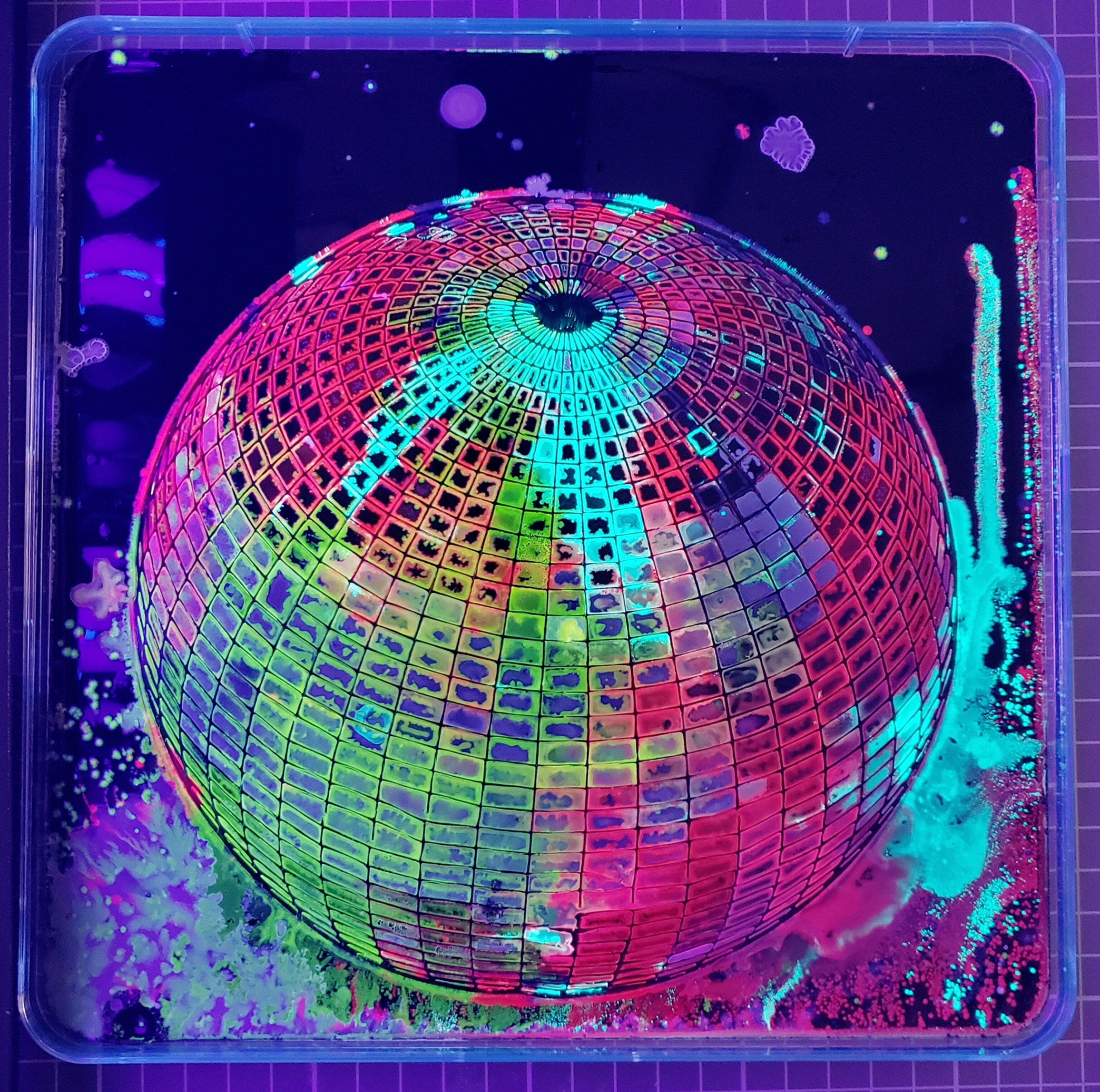
It’s alive! The other week, we mentioned a contest to create art from live bacteria. But you really have to see some of the 347 entries to the American Society for Microbiology. "While cross-contamination is typically avoided in microbiology," wrote Tarah Rhoda, who created this piece of art (above), "I tried to optimize it to achieve a more painterly palette." Enjoy!